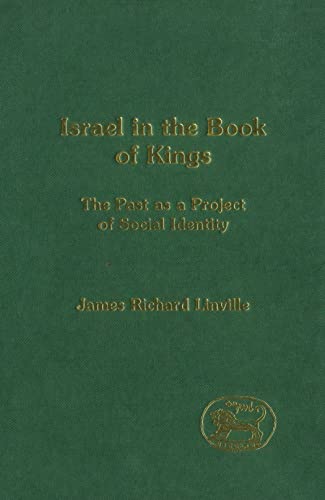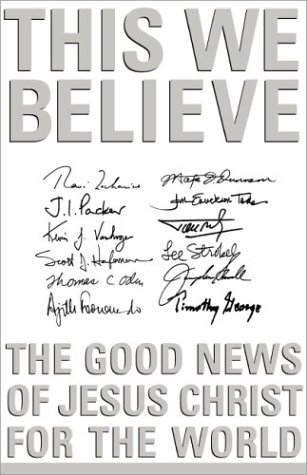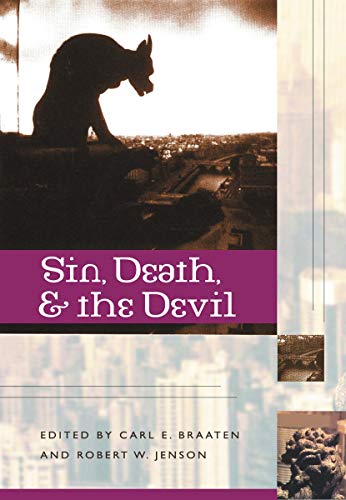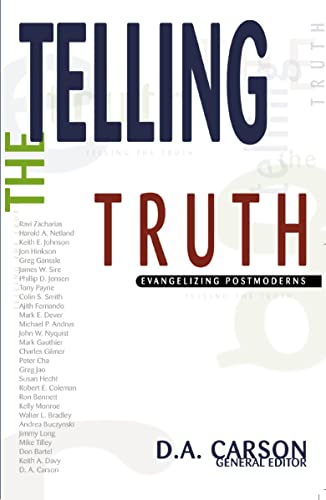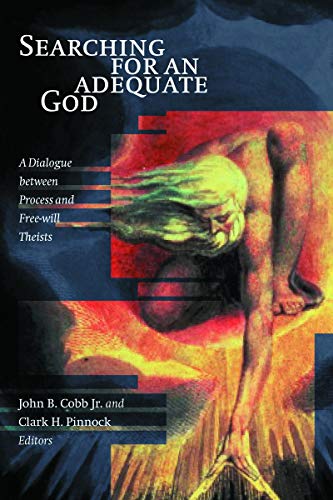This is a substantial, yet readable commentary. It provides an informed and helpful exposition of the content of John’s Gospel and throughout its presentation keeps in mind the impact this Gospel’s portrait of Jesus is meant to have on believing readers. Professor Whitacre of Trinity Episcopal School for Ministry in Pennsylvania, who has already written a major scholarly monography on the Johannine literature (Johannine Polemic: The Role of Tradition and Theology, 1982), has now been able to offer to a wider audience the mature fruit of his extensive knowledge and reflection on John’s Gospel.
Whitacre treats introductory issues succinctly in 32 pages. He manages to state the main options on these issues and to give his preferred conservative view in an undogmatic way. He is inclined to think that, although there may have been later editing, the bulk of the Gospel is the work of one author and that that author was John, the son of Zebedee. He considers that the distinctive Johannine teaching and style may come from the historical Jesus and that Matthew 11:25–30 provides an indication of this style within the Synoptics, so that ‘perhaps John took the oracular style Jesus used at times and told the whole story in that form of expression’ (23). On the purposes of the Gospel, Whitacre holds that the primary purpose was assurance for Christians in the context of conflict with the synagogue and the claims of a mystical strand of Judaism, but that the result was a presentation that was also effective for evangelism. The introduction ends with a brief discussion of key characteristics of Johannine thought, such as dualism, symbolism and irony and a major of clusters of themes treating Father, Son and Sprit, then light, life and love, and finally faith, humility obedience and community.
The book’s main contribution, however, is the careful attention paid to the text in the 450 plus pages of commentary. Here Whitacre shows his acquaintance with a whole range of scholarly resources without ever allowing these to become obtrusive or to distract from his own exposition. More than many of the more detailed standard commentaries he draws on pre-modern writers such as Augustine, Chrysostom and Calvin to good effect. Readers will also find references to the thought of such writers as George MacDonald, C.S. Lewis and J.R.R. Tolkein. The stance Whitacre adopts to questions of their historicity of the material in the Gospel narrative is a conservative one, and the emphases of the commentary are exegetical, doctrinal and devotional. The application to the church today is primarily in terms of the devotional impact the text is meant to have on the lives of individual believers. A representative quotation—this is one from the exposition of John 18:40 about Barabbas—will give potential readers something of the flavour of the commentary’s style of application.
The crowd was choosing between two different approaches to liberation as represented by two men identified, in different ways, as ‘son of Abba’. Here is the deceptiveness of sin that has been evident since the Garden of Eden. There is a path that looks right and seems to be of God, yet it is actually against him and his ways. The people choose their own path of liberation rather than God’s, and they therefore choose ‘not the Saviour, but the murderer; not the Giver of life, but the destroyer’ (Augustine In John 116.1). Every time we choose sin we do the same, whether the sin is blatant or deceptive (445).
Those looking for help with this sort of reflection will find Whitacre’s commentary a valuable addition to the IVP New Testament Commentary Series.
Andrew T. Lincoln
Cheltenham and Gloucester College



